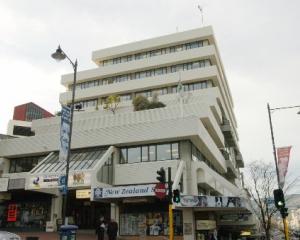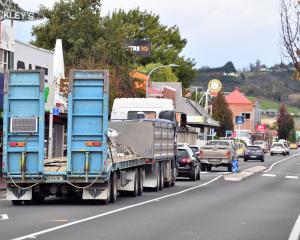An engineers' report on the building released yesterday revealed the tower's strength was only 15% to 20% of building code, prompting the Ministry of Justice decision this week to partially close the courthouse until the tower's seismic capacity can be increased.
The Building Act defines all buildings below 33% strength as "earthquake prone", or at high risk of falling down in a moderate earthquake.
The tower was strengthened in 1993, the Opus report released yesterday said, but the strengthening did not extend to the ground floor.
The tower was assessed as being weak because of the unreinforced masonry walls at ground level.
There was no response yesterday to a request asking why the ground floor of the tower was not strengthened in 1993.
It was announced on Wednesday most of the main historic part of the Dunedin courthouse, including the two jury trial rooms and the judicial chambers, had been closed for up to a year.
The Opus report estimates the strengthening work required on the tower and original part of the courthouse building to bring the building up to 67% strength will cost $4.1 million.
When announcing the main part of the 110-year-old building was to close, Ministry of Justice acting deputy secretary for courts Robert Pigou said the over-riding concern was the safety of staff, court users and the general public.
Whether the footpath and the street outside the building should remain open to traffic and pedestrians was up to the local council, he said.
But Dunedin City Council asset ownership policy engineer Pieter Besuijen said requests to close footpaths and roads would have to come from property owners after they assessed the risk to buildings and decided they needed to do some strengthening or demolition work.
There would have to be some more thought put into how to handle the situation as building owners completed seismic risk assessments over the next two years, as required in the Dunedin City Council's updated policy on dangerous, insanitary and earthquake-prone buildings.
The two-year deadline could result in several unreinforced masonry buildings around the city - including some owned by the council - being found to be earthquake-prone and requiring strengthening.
If, for example, building owners decided to close buildings because they were high risk, they would need to contact the council about traffic management around the building, Mr Besuijen said.
He said he had not been contacted by the Ministry of Justice regarding the courthouse.












